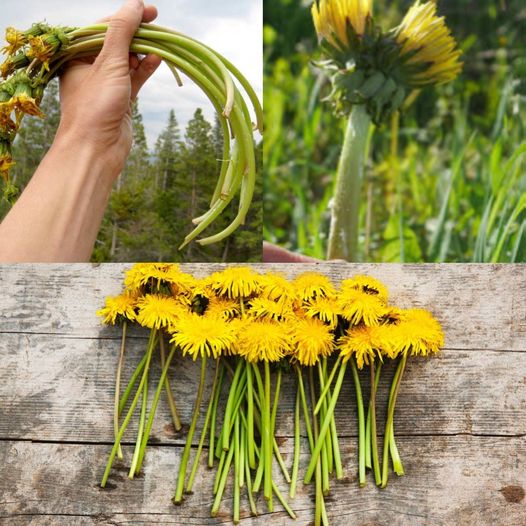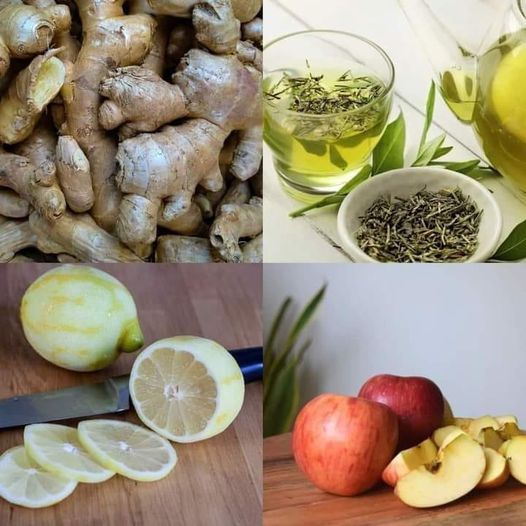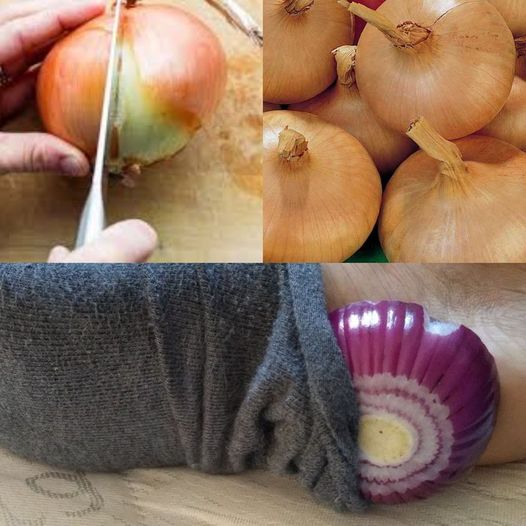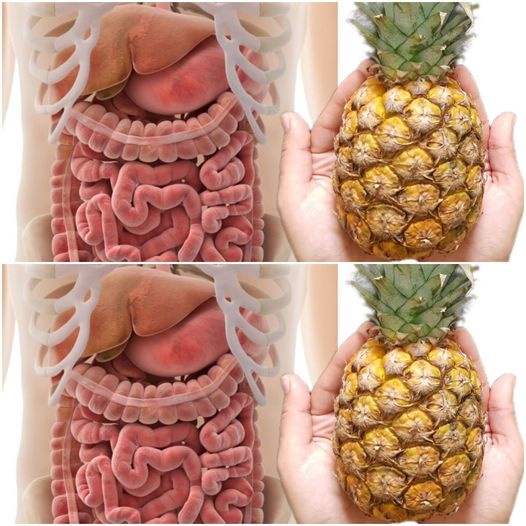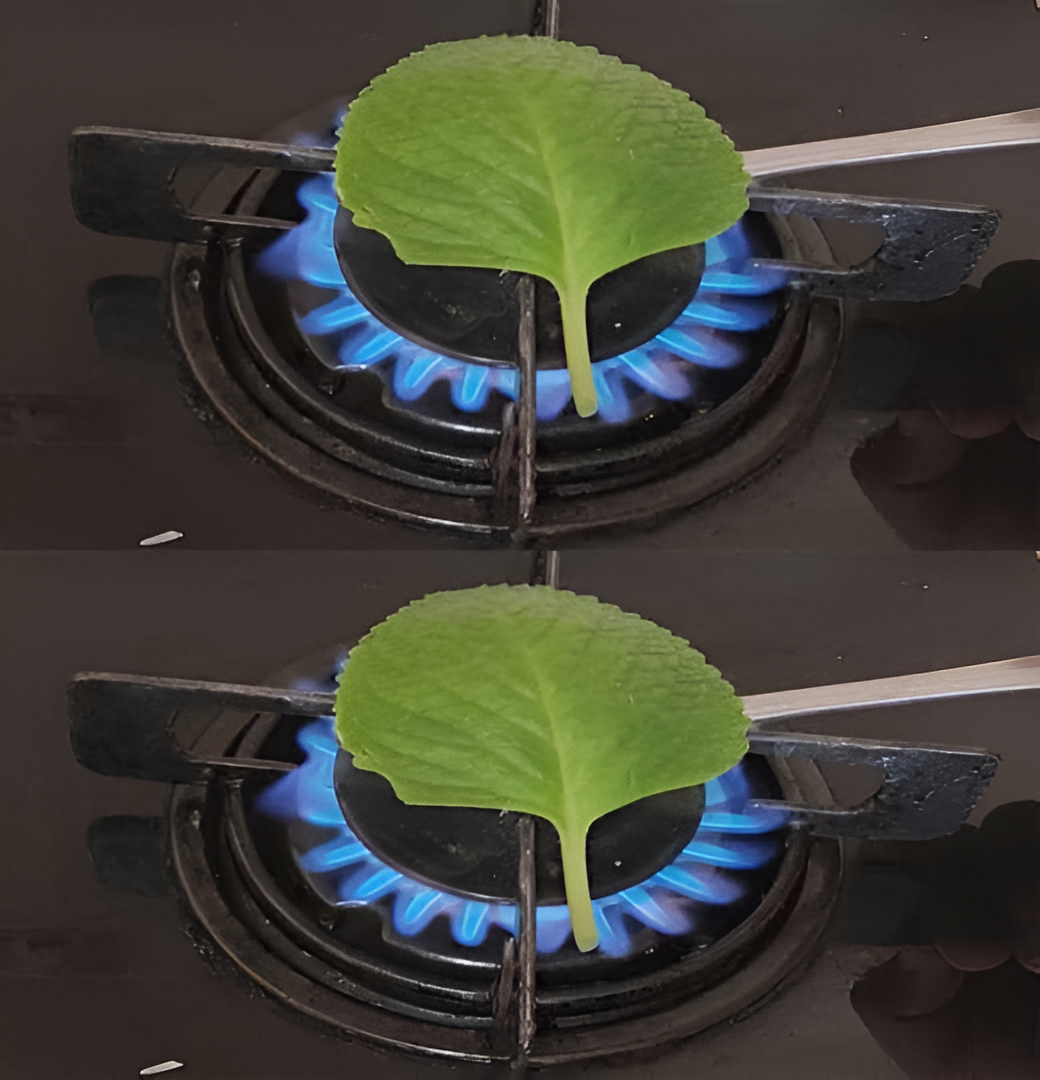From Seed to Spice: Your Guide to Growing Black Pepper at Home!
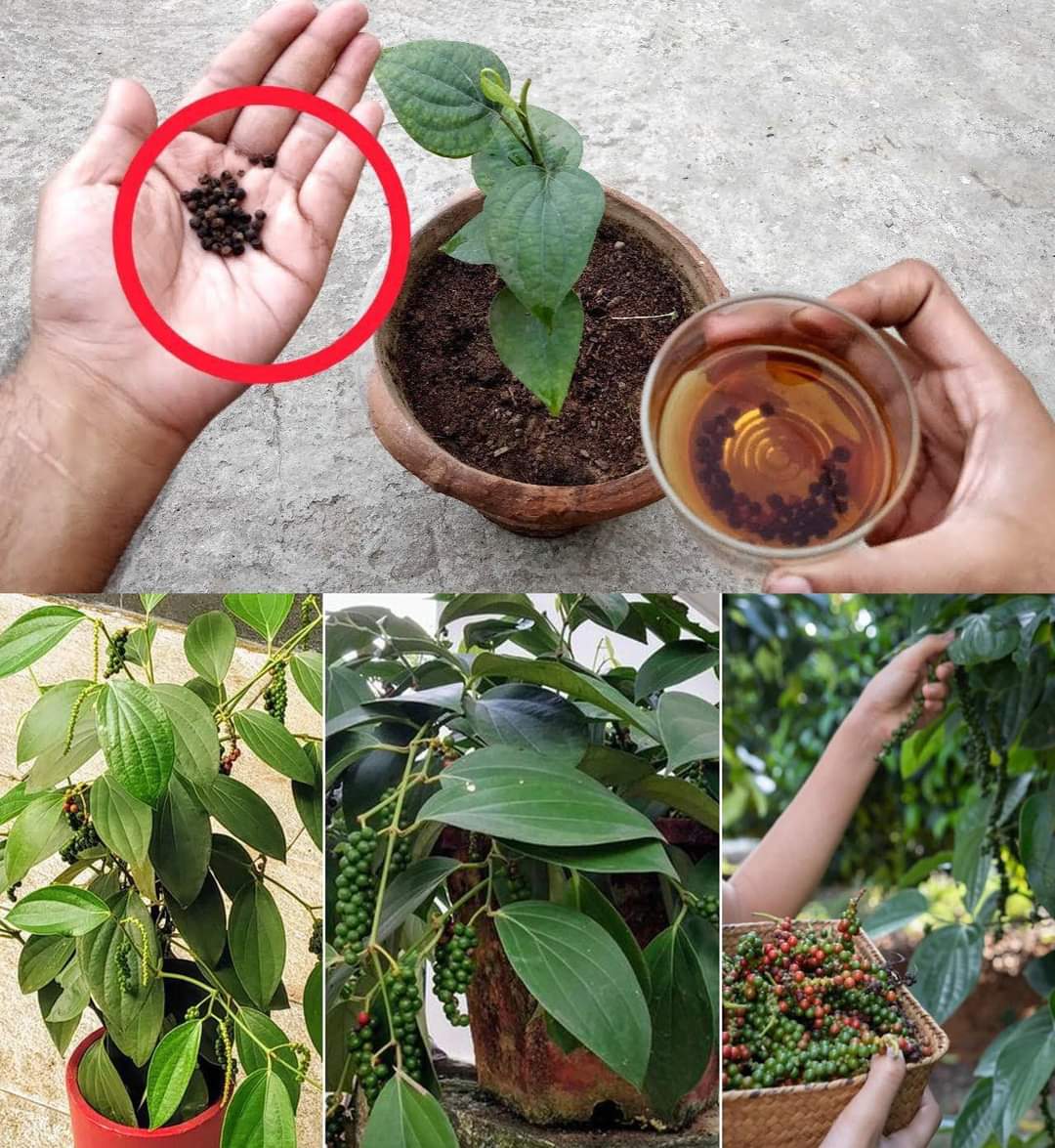
Black pepper, a kitchen staple, can now become a homegrown hero! Growing your own peppercorns is surprisingly achievable and incredibly rewarding. This guide will walk you through everything you need to know, from seed selection to harvest.
Step 1: Gather Your Supplies
- Black pepper seeds: Avoid peppercorns from the grocery store, as they’re often treated to prevent germination. Look for fresh seeds from a reputable gardening store or online retailer.
- Potting mix: A well-draining, organic potting mix is ideal. Consider adding perlite or vermiculite for extra drainage.
- Pot with drainage holes: Choose a pot at least 6 inches deep for each pepper plant.
- Spray bottle
- Optional: Heat mat (for faster germination)
Step 2: Encourage Sprouting
- Soak the seeds: Fill a small bowl with lukewarm water and soak the pepper seeds for 24 hours. This softens the outer shell and aids germination.
- Prepare the pot: Fill your pot with the potting mix, leaving about an inch of space at the top.
- Plant the seeds: Sow the seeds about ¼ inch deep into the soil and lightly cover them with more potting mix. Space the seeds about 3 inches apart.
- Moisturize and nurture: Gently water the soil until moist but not soggy. If using a heat mat, place the pot on top and set it to 75-80°F (24-27°C). Cover the pot loosely with plastic wrap to maintain humidity.
Step 3: Witnessing Growth
- Patience is key: Germination can take anywhere from 4-8 weeks, so be patient! Keep the soil consistently moist and provide warm temperatures (around 70-80°F or 21-27°C).
- Light matters: Once seedlings emerge, remove the plastic wrap and provide them with bright, indirect sunlight for at least 6 hours a day.
- Watering wisely: As your pepper plants grow, water them regularly to maintain moist soil, but avoid overwatering.
Step 4: Nurturing Your Pepper Vine
- Support system: Black pepper is a vining plant. Once your plant reaches about 6 inches tall, provide a moss pole or trellis for it to climb.
- Fertilizing: Feed your pepper plant every 2-3 weeks with a balanced liquid fertilizer diluted to half strength.
- Pruning power: Encourage bushier growth by pinching off the top leaves once the plant reaches about 12 inches tall.
Step 5: Reap the Rewards!
- Harvesting your bounty: You can harvest peppercorns once they turn green and begin to wrinkle slightly. You can pick them individually or wait until a cluster ripens.
- Drying for perfection: Spread the peppercorns on a drying screen in a warm, well-ventilated area out of direct sunlight. Drying can take several weeks. Once completely dry, the peppercorns will turn black and harden.
Bonus Tip: Patience is key! It can take up to 3 years for your pepper plant to reach maturity and produce a substantial harvest. But the satisfaction of using homegrown black pepper in your cooking is definitely worth the wait!
Remember: Consistent warmth, humidity, and proper drainage are crucial for success. With a little care, you’ll be enjoying the fruits (or should we say, spices?) of your labor in no time!

